Disclaimer: The information here is NOT meant to replace the sound advice of a billing and coding expert.
Below is a list of the most common ICD-10 codes (diagnostic codes) used in physical medicine & rehabilitation (PM&R) and interventional pain management clinics. Obviously, because of the overlap in conditions treated, this list will be handy for orthopedic and rheumatology clinics as well.
Feel free to leave comments in the section below.
Here is a list of the old ICD-9 codes
7th position options
- A = initial visit
- D = subsequent visit
- S = sequela of the original injury
Note: If I list a code as “unspecified”, it usually means there are more specific codes, but I just don’t want to list them all.
Head / Face
- Atypical facial pain: G50.1
- Cervicogenic headache/Suboccipital headache: R51
- Cluster headache (not intractable): G44.009
- Occipital neuralgia/headache: M54.81
- Spinal headache: G97.1
- Temporomandibular joint dysfunction (unspecified): M26.60
- Tension headache: G44.209
- Trigeminal neuralgia: G50.0
Cervical Spine
- Cervicalgia (neck pain): M54.2
- Degenerative disc disease (cervical)
- High cervical DDD: M50.31
- Mid cervical DDD: M50.32
- C7/T1 DDD: M50.33
- Disc herniation (cervical):
- High cervical: M50.21
- Mid cervical: M50.22
- C7/T1: M50.23
- Dystonia / Torticollis: M43.6
- Facet syndrome (cervical): M54.02
- Failed back syndrome (post-laminectomy) – Cervical: M96.1
- Radiculopathy
- Cervical: M54.12
- Cervicothoracic: M54.13
- Radic 2/2 disc herniation (high cervical): M50.11
- Radic 2/2 disc herniation (mid cervical): M50.12
- Radic 2/2 disc herniation (C7/T1): M50.13
- Spinal stenosis (cervical): M48.02
- Spondylosis (cervical)
- Spondylosis w/o radiculopathy or myelopathy: M47.812
- Spondylosis with radiculopathy (w/o myelopathy): M47.22
- Spondylolisthesis – Cervical: M43.12 Cervicothoracic: M43.13
- Sprain of ligaments of cervical spine (whiplash): S13.4xxA, S13.4xxD
- Strain of muscle, fascia, tendons (cervical): S16.1xxA, S16.1xxD
Thoracic Spine
- Back pain (thoracic): M54.6
- Compression fracture (pathologic – 2/2 Osteoporosis)
- Other osteoporosis with current pathological fracture of vertebrae: M80.88
- Collapsed vertebrae, not elsewhere classified (Thoracic): M48.54xA, M48.54xD
- Collapseed vertebrae, not elsewhere classified (thoracolumbar): M48.55xA, M48.55xD
- Degenerative disc disease (thoracic): M51.34
- Degenerative disc disease (thoracolumbar): 51.35
- Disc herniation (thoracic): M51.24
- Disc herniation (thoracolumbar): M51.25
- DISH (Diffuse idiopathic skeletal hyperostosis): M48.10
- Failed back syndrome (post-laminectomy) – Thoracic: M96.1
- Intercostal neuropathy: G58.0
- Radiculopathy (thoracic)
- Thoracic radic: M54.14
- Thoracic radiculopathy 2/2 disc herniation: M51.14
- Thoracolumbar radic 2/2 disc herniation: M51.15
- Rib sprain: S23.41xA, S23.41xD
- Scoliosis (including kyphoscoliosis): M41
- Spinal stenosis (thoracic): M48.04
- Spondylosis w/o radic or myelopathy (thoracic): M47.814
- Spondylosis with myelopathy (thoracic): M47.14
- Sprain of ligaments (thoracic spine): S23.3xxA, S23.3xxD
- Syrinx (syringomyelia): G95.0
- Thoracic outlet syndrome (TOS): G54.0
Lumbar Spine
- Ankylosing spondylitis (of the lumbar spine): M45.6
- Arachnoiditis (unspecified meningitis): G03.9
- Bertolotti’s syndrome (congenital malformation of spine w/o scoliosis): Q76.49
- Compression fracture (pathologic 2/2 Osteoporosis)
- Age-related osteoporosis with current pathological fracture of vertebrae: M80.08
- Collapsed vertebrae, not elsewhere classified – Lumbar: M48.56xA, M48.56xD
- Degenerative disc disease – Lumbar: M51.36 L/S: M51.37
- Disc herniation – Lumbar: M51.26 L/S: M51.27
- Disc herniation with myelopathy – Lumbar: M51.06
- Facet syndrome – Lumbar: M54.06 L/S: M54.07
- Failed back syndrome (post-laminectomy) – Lumbar: M96.1
- Iliolumbar syndrome (sprain of lumbar ligaments): S33.5xxA, S33.5xxD
- Low back pain (Lumbago): M54.5
- Lumbosacral plexopathy: G54.4
- Radiculopathy – Lumbar: M54.16 L/S: M54.17
- Radiculopathy 2/2 disc herniation – Lumbar: M51.16 L/S: M51.17
- Spinal stenosis (Central)
- Lumbar central stenosis with or w/o neurogenic claudication: M48.061
- Lumbar central stenosis WITH neurogenic claudication: M48062
- L/S central stenosis with or w/o neurogenic claudication: M48.07_
- Lumbar central stenosis 2/2 disc herniation: M99.53
- Spinal stenosis (Foraminal) – Lumbar
- 2/2 facet joint spurs and spondylolisthesis: M99.63
- 2/2 disc bulge & soft tissue: M99.73
- Spondylolisthesis – Lumbar: M43.16 L/S: M43.17
- Spondylolysis (and congenital spondylolisthesis): Q76.2
- Spondylolysis (acquired): M43.06
- Spondylosis w/o myelopathy or radiculopathy – Lumbar: M47.816 L/S: M47.817
- Spasm of back muscles: M62.830
- Sprain (lumbar): S33.5xxA, S33.5xxD
- Strain (lumbar): S39.012
Sacrum / Buttocks
- Cluneal neuroma (neuralgia/neuritis, unspecified): M79.2
- Coccydynia (coccyx pain): M53.3
- Piriformis syndrome (with sciatica) – LEFT: G57.02 RIGHT: G57.01
- Sacroiliac joint disorder/pain (arthropathy, unspecified): M12.9 (maybe)
- Sacroiliac joint sprain: S33.6xA, S33.6xD
- Sacroiliitis: M46.1
- Sacral and sacrococcygeal spondylosis: M47.818
Pelvis / Hip / Thigh
- Arthritis (osteoarthritis) of the hip – LEFT: M25.752 RIGHT: M25.751
- Bursitis – Ischial or ischiogluteal – LEFT: M70.72 RIGHT: M70.71
- Bursitis – Trochanteric – LEFT: M70.62 RIGHT: M70.61
- Femoral neuropathy – LEFT: G57.22 RIGHT: G57.21
- Gluteal tendinitis – LEFT: M76.02 M76.01
- Hamstring strain – LEFT: S76.312A RIGHT: S76.311A
- Iliotibial band syndrome – LEFT: M76.32 RIGHT: M76.31
- Meralgia paresthetica (lateral femoral cutaneous nerve) – LEFT: G57.12 RIGHT: G57.11
- Pain in the hip – LEFT: M25.552 RIGHT: M25.551
- Pain in the leg – LEFT: M79.605 RIGHT: M79.604
- Piriformis syndrome (with sciatica) – LEFT: G57.02 RIGHT: G57.01
Knee
- Arthritis (osteoarthritis) – knee: 715.16
- Bursitis – prepatellar – LEFT: M70.42 RIGHT: M70.41
- Bursitis – pes anserine (others) – LEFT: M70.52 RIGHT: M70.51
- Chondromalacia patella – LEFT: M22.42 RIGHT: M22.41
- Lateral meniscus tear: Depends on whether it is the anterior or posterior horn
- Medial meniscus tear: Depends on whether it is the anterior or posterior horn
- Pain – knee – LEFT: M25.562 RIGHT: M25.561
- Patellar tendinitis – LEFT: M76.62 RIGHT: M76.61
- Peroneal neuropathy – LEFT: S84.12xA RIGHT: S84.11xA
Ankle / Foot
- Achilles tendinitis/bursitis – LEFT: M76.62 RIGHT: M76.61
- Metatarsalgia – LEFT: M77.42 RIGHT: M77.41
- Morton’s neuroma – LEFT: G57.62 RIGHT: G57.61
- Pain in the ankle/foot – LEFT: M25.572 RIGHT: M25.571
- Plantar fasciitis: M72.2
- Tarsal tunnel syndrome – LEFT: G57.52 RIGHT: G57.51
Other Lower Extremity
- Complex regional pain syndrome type I (CRPS type 1) – LEFT: G90.522 RIGHT: G90.521 BILATERAL: G90.523
- Complex regional pain syndrome type II (CRPS type 2) – causalgia – LEFT: G57.72 RIGHT: G57.71
- Phantom limb pain: G54.6
Shoulder
- Adhesive capsulitis (frozen shoulder) – LEFT: M75.02 RIGHT: M75.01
- Bicipital tendinitis – LEFT: M75.22 RIGHT: M75.21
- Bursitis – Subacromial – LEFT: M75.52 RIGHT: M75.51
- Bursitis – Scapulothoracic (other shoulder lesions) – LEFT: M75.82 RIGHT: M75.81
- Impingement of shoulder – LEFT: M75.42 RIGHT: M75.41
- Labral tear (superior glenoid labral tear) – LEFT: S43.432A RIGHT: S43.431A
- Osteoarthritis of shoulder – LEFT: M25.712 RIGHT: M25.711
- Pain in arm – LEFT: M79.602 RIGHT: M79.601
- Pain of shoulder – LEFT: M25.512 RIGHT: M25.511
- Paresthesia of skin (anywhere): R20.2
- Sprain of Sternoclavicular joint: S23.420A, S23.420D
- Strain of muscle/tendon of the rotator cuff – LEFT: S46.012 RIGHT: S46.011
Elbow
- Lateral epicondylitis (tennis elbow) – LEFT: M77.12 RIGHT: M77.11
- Medial epicondylitis (golfer’s elbow) – LEFT: M77.02 RIGHT: M77.01
- Median neuropathy (other than CTS) – LEFT: G56.12 RIGHT: G56.11
- Olecranon bursitis – LEFT: M70.22 RIGHT: M70.21
- Radial neuropathy – LEFT: G56.32 RIGHT: G56.31
Wrist / Hand
- Carpal tunnel syndrome – LEFT: G56.02 RIGHT: G56.01
- Cubital tunnel syndrome (ulnar neuropathy) – LEFT: G56.22 RIGHT: G56.21
- De Quervain’s tenosynovitis (radial styloid tenosynovitis): M65.4
- Osteoarthritis of the wrist – LEFT: M19.032 RIGHT: M19.031
- Osteoarthritis of the hand – LEFT: M19.042 RIGHT: M19.041
- Trigger finger: M65.30 [each digit has its own specific code]
- Wrist drop (acquired) – LEFT: M21.332 RIGHT: M21.331
Other Upper Extremity
- Complex regional pain syndrome type I (CRPS type 1) – LEFT: G90.512 RIGHT: G90.511 BILATERAL: G90.513
- Complex regional pain syndrome type II (CRPS type 2) – Causalgia – LEFT: G56.42 RIGHT: G56.41
Rheumatologic
- Ankylosing spondylitis (AS): M45.5 (T/L), M45.6 (Lumbar), M45.7 (L/S)
- Dermatomyositis (unspecified with myopathy): M33.92
- Gout (unspecified site): M10.00
- Polymyalgia rheumatica (PMR): M35.3
- Polymyositis (with myopathy): M33.22
- Rheumatoid arthritis (unspecified): M06.9
- Systemic lupus erythematosus (unspecified): M32.9
Psych
- Anxiety: F41.1
- Depression (major depressive disorder, recurrent, unspecified): F33.9
- Insomnia (unspecified): G47.00
- Restless leg syndrome: G25.81
EMG/NCS Codes
- Carpal tunnel syndrome – LEFT: G56.02 RIGHT: G56.01
- Cubital tunnel syndrome (ulnar neuropathy) – LEFT: G56.22 RIGHT: G56.21
- Diabetic amyotrophy: E10.44 (in type I diabetes), E11.44 (in type II diabetes)
- Lumbosacral plexopathy: G54.4
- Neuralgic amyotrophy (Parsonage-Turner syndrome): G54.5
- Neuropathy – drug-induced (chemotherapy): G62.0
- Pain in arm – LEFT: M79.602 RIGHT: M79.601
- Pain in the leg – LEFT: M79.605 RIGHT: M79.604
- Peripheral neuropathy: G60.9
- Radial neuropathy – LEFT: G56.32 RIGHT: G56.31
- Skin hyperesthesia: R20.3
- Skin hypoesthesia: R20.1
- Skin paresthesia: R20.2
- Tarsal tunnel syndrome – LEFT: G57.52 RIGHT: G57.51
- Thoracic outlet syndrome (TOS): G54.0
Miscellaneous
- Atrophy from disuse (unspecified site): M62.50
- Chronic pain syndrome: G89.4
- Constipation: K59.01 (slow transit), K59.09 (opioid-induced)
- Costochondritis (costochondral junction syndrome): M94.0
- Edema: R60.0 (localized edema), R60.1 (generalized edema)
- Fibromyalgia: M79.1
- Gait abnormality (unsteadiness on feet): R26.81
- Gastroesophageal reflux (GERD): K21.9
- Muscle spasm (other): M62.838
- Myalgia: M79.7
- Muscle weakness (generalized): M62.81
- Obesity: E66.01 (morbid obesity), E66.3 (overweight)
- Osteoporosis (age-related and w/o current fracture): M81.0
- Peripheral vascular disease (unspecified): I73.9
- Poor balance (difficulty in walking, not elsewhere classified): R26.2
- Post-herpetic neuralgia (other postherpetic nervous system involvement): B02.29
- Ribs (sprain): S23.41xA
- Skin hyperesthesia: R20.3
- Skin hypoesthesia: R20.1
- Skin paresthesia: R20.2
- Testosterone deficiency (testicular hypofunction): E29.1
- Vitamin D deficiency (avitaminosis D): E55.9
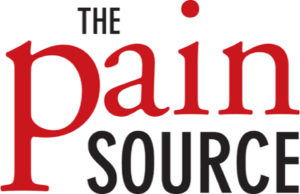

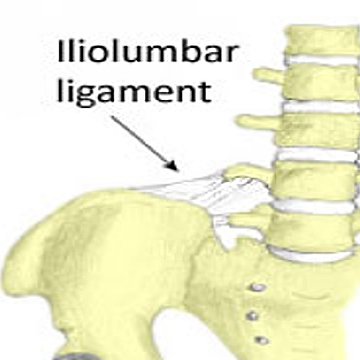
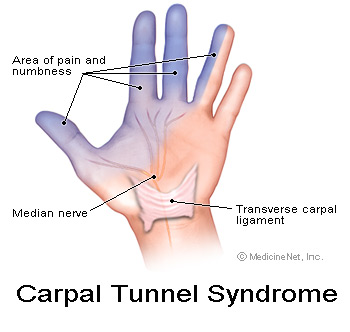

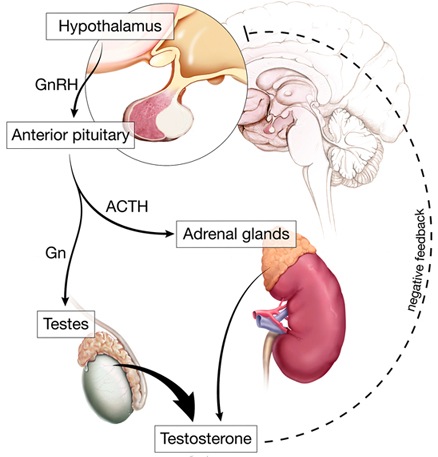
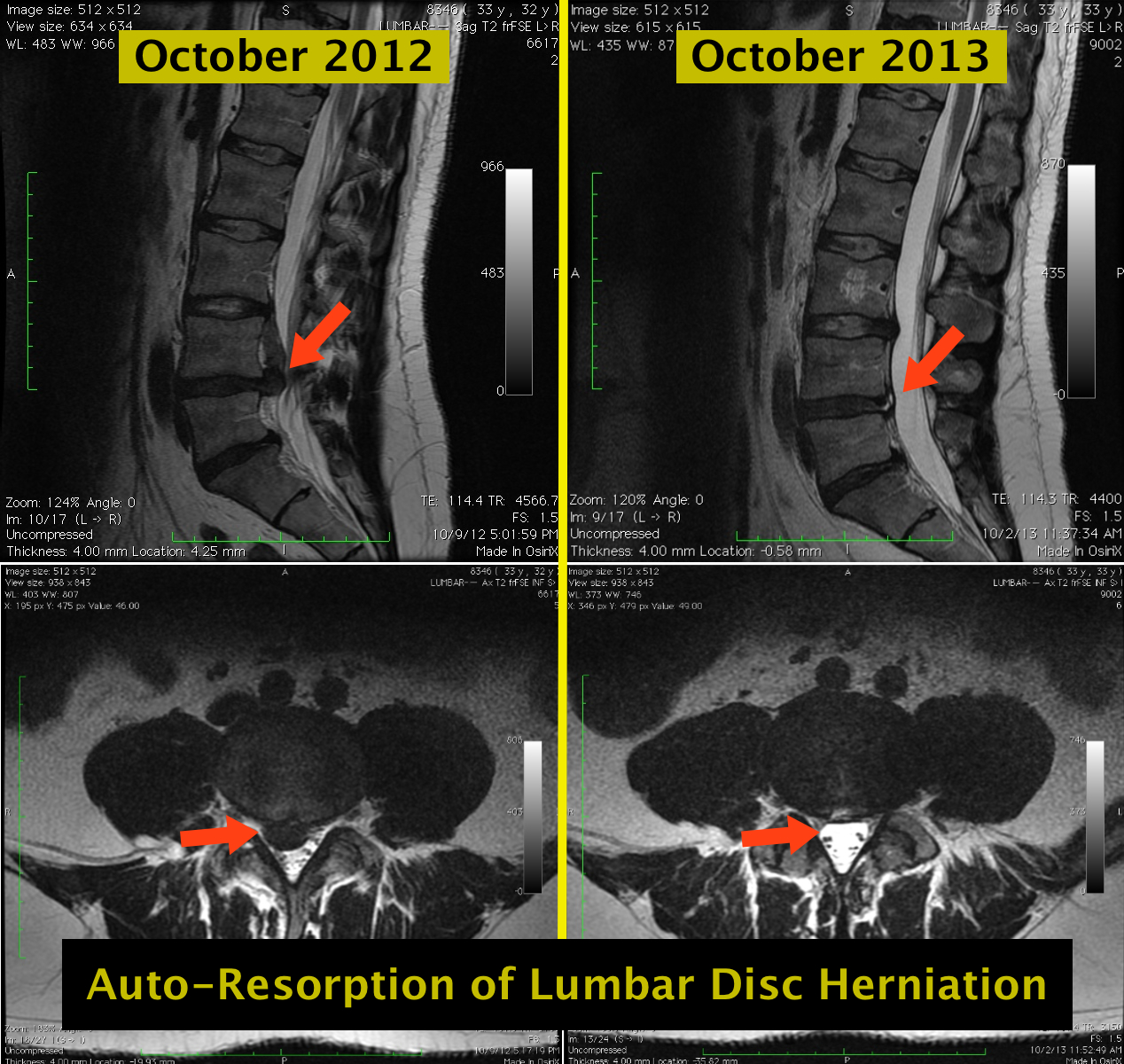
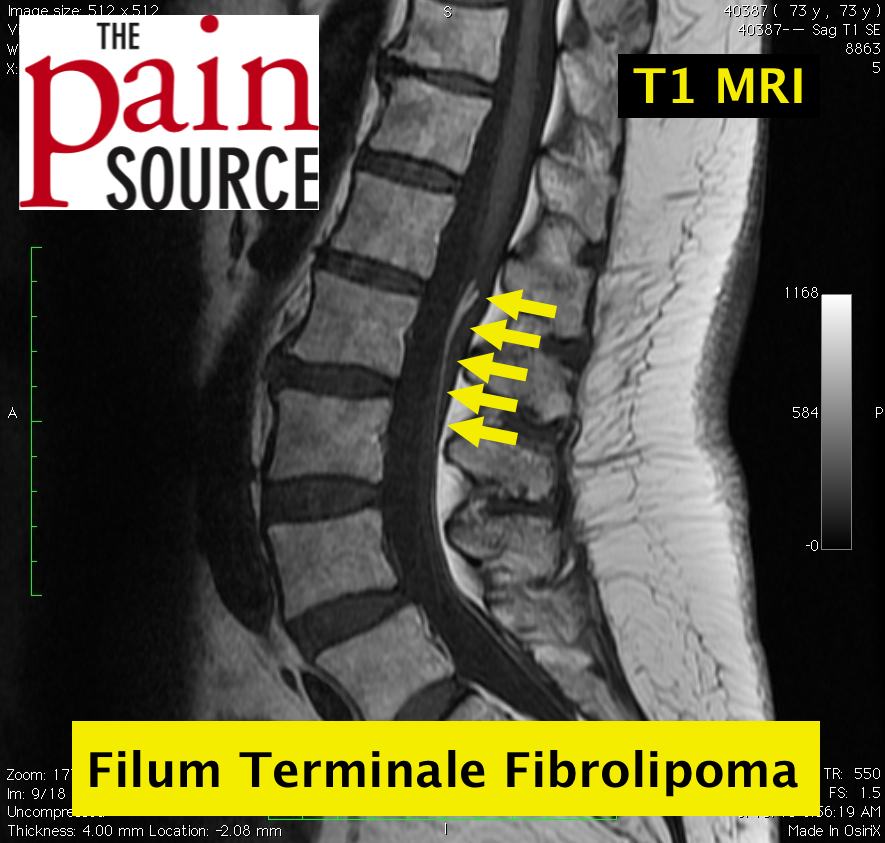
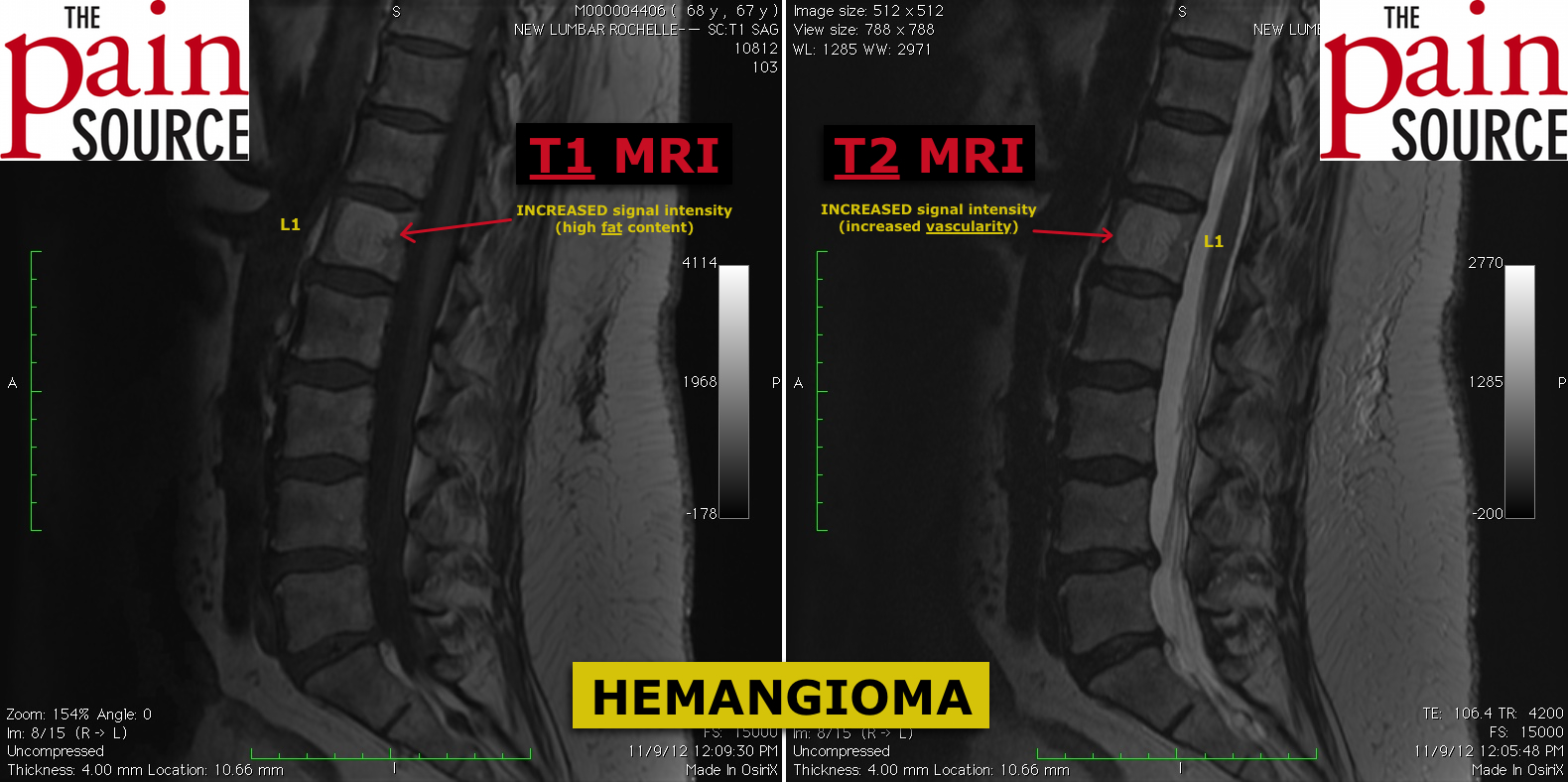
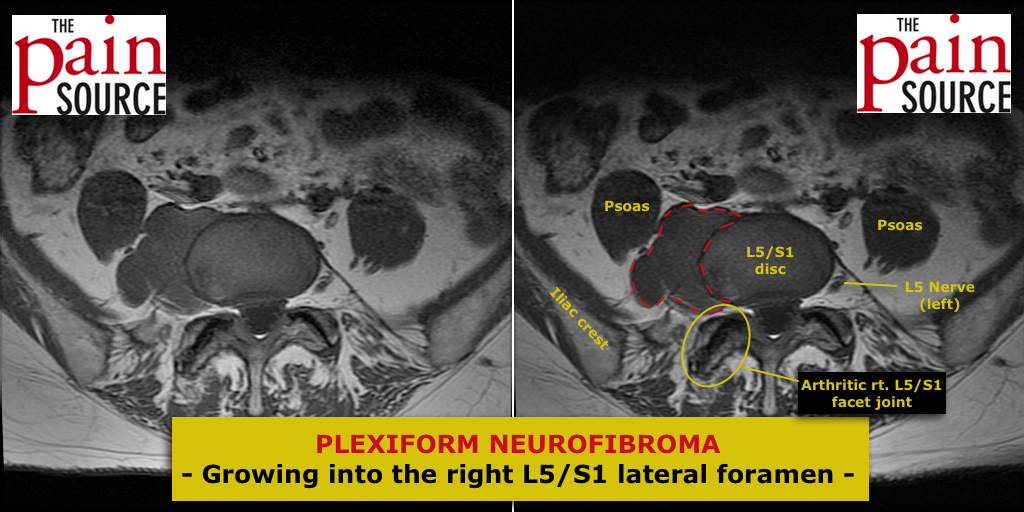
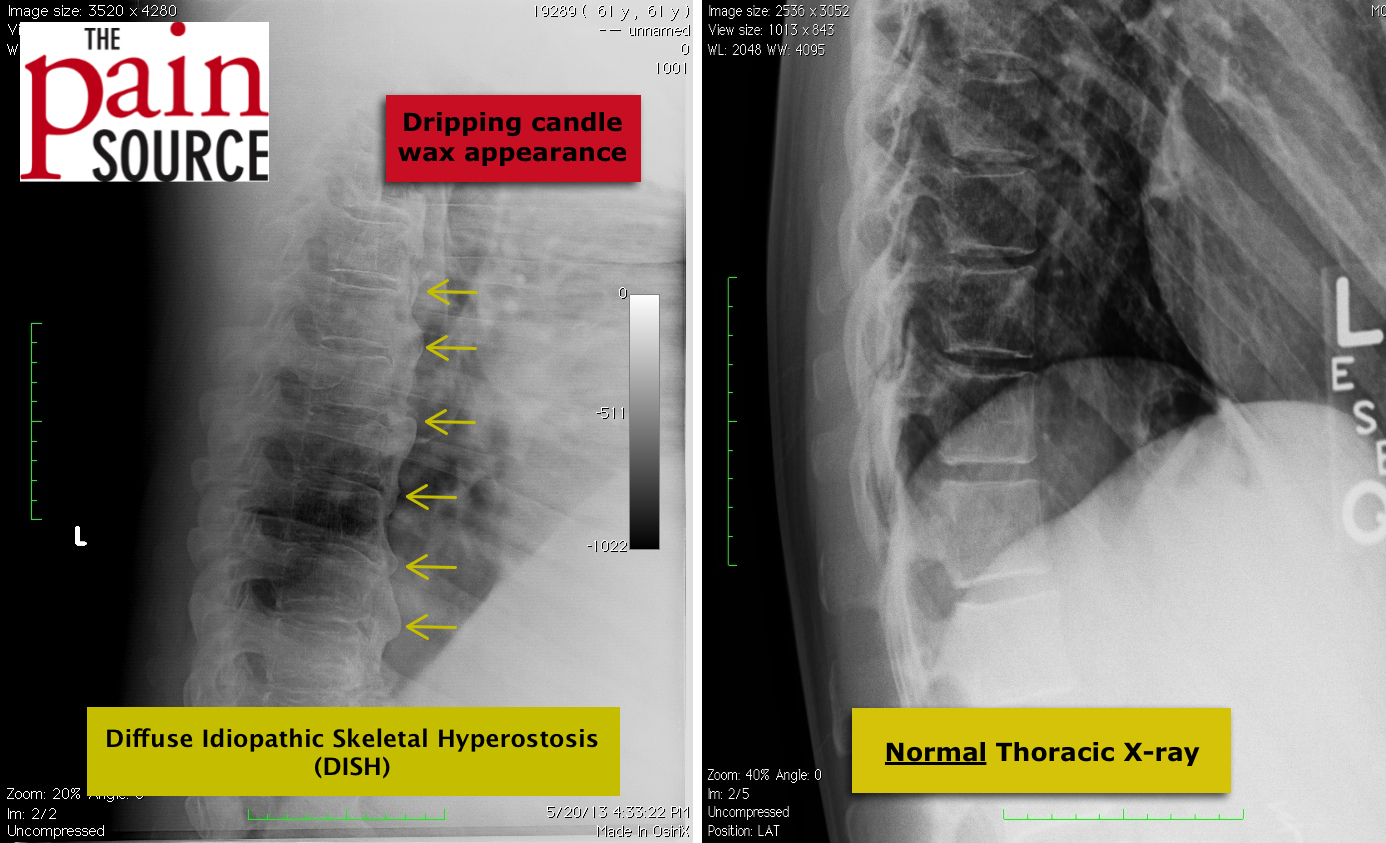

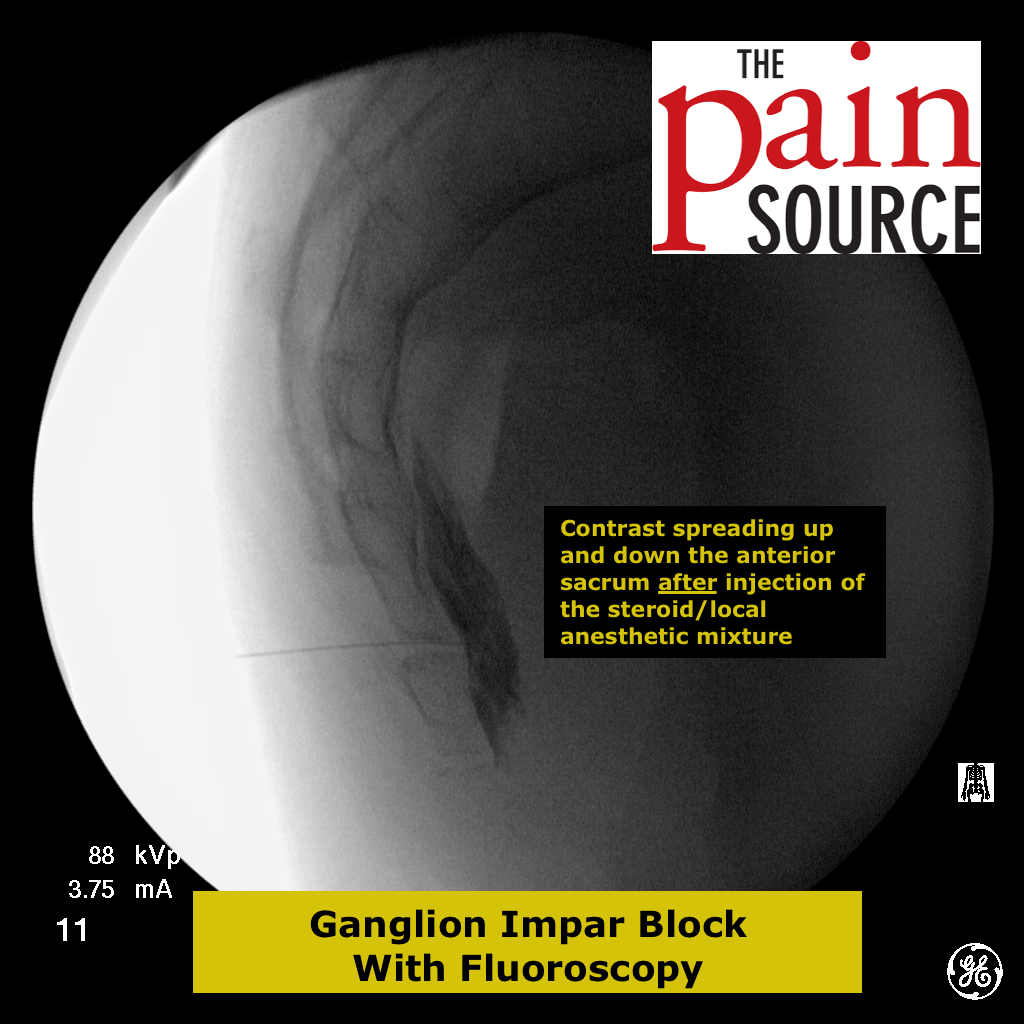
What procedure code would be used for a superior gluteal nerve injection?
Probably 64450
hello, I code for rehab in an o/p hospital. Are these code sufficient for that as well. I have a hard time finding the right codes sometimes
To my knowledge, they are the same exact codes.
are these codes to use for o/p rehab coding in hospital?
Nice and informative article, Recently we have made a icd 10 code search website, which also allow to convert icd 9 to icd 10 conversion.You are most welcome to check it out http://medicbind.com
We are getting denied by United Healthcare for EMG/NCV when billed with 20550, 20553 with modifier 59. Can you please tell us how to bill these codes together.
This is the best site yet! Thank you.m
You were billing for a ligament injection and trigger point injection in addition to EMG codes? Seems odd. If the doctor is really doing EMG/NCS testing in addition to therapeutic injections, he/she would be better off performing those on a separate visit.